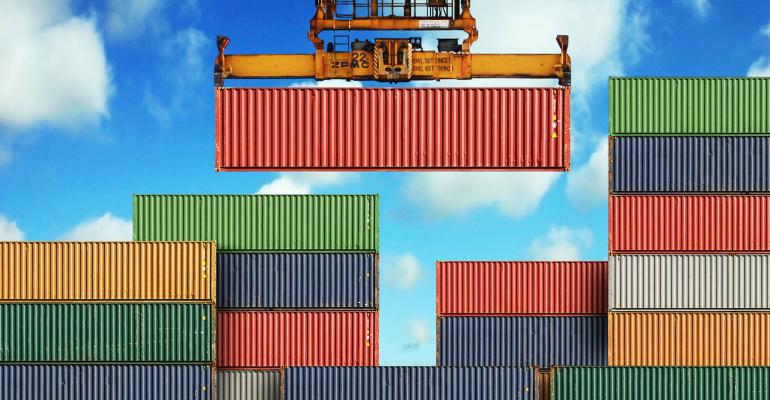Vietnam Logistics Business Association (VLA) wants to set up a new container shipping line to compete with international lines and renovate Vietnam’s old fleet.
VLA’s ambitious plan proposed establishing a container shipping fleet with a total investment of $1.5bn to build new ships, purchase old ones, and rent and buy containers, serving imports and exports and limiting the interference from foreign shipping lines by reducing costs, report Vietnamese media.
The VLA believes that it is necessary to invest in specialised containerships, boxes and a customer service network, and a fleet of ships at all major ports.
The plan would be divided into two development phases. Phase 1 will be implemented in about 3 to 5 years, focusing on investing in ships suitable to operate on intra-Asia routes such as Japan, South Korea, China, India, and the Middle East, which represent more than 60% of the total volume of dry goods for import-export.
Vietnam should find partners who have large shipping lines to cooperate with them to exchange docking lots, change containers and use their operating and management software, management and service systems at ports.
VLA said such solutions had been employed by other successful shipping lines in the past few decades, including Taiwan’s Wan Hai (China) shipping lines and Israel’s ZIM Lines.
In the second phase, which could last about five years, after successfully operating in inner Asia with partners, investment would be needed in larger container ships from Panamax and Post Panamax to participate in transportation on major intercontinental routes of the world such as the Asia – America route, Asia – Europe route, East-West route and beyond.
Almost all shipping capacity and freight for transporting goods by containers to intercontinental routes were in the hands of foreign shipowners so Vietnam had to spend a huge amount of foreign currency every year, explained Vu Ngoc Son, Chairman of Hai An Transport and Stevedoring Company Limited. A Vietnam’s fleet would be a tool to ensure the country’s economic security and take full advantage of FTA agreements in the long term.
In 2021 under the difficulties of the pandemic, the volume of container cargo through seaports reached 24m teus, up 7% compared to 2020, the association said.
As of 25 March 2022, the world’s container fleet has 6,346 ships with a total capacity of 25.5m teu and a total tonnage of 305.9m dwt, while, Vietnam’s container fleet has 10 container shipping companies, owning 48 container ships with a total capacity of 39,519 teu, and a total tonnage of 548,236 dwt.
There are 13 ships more than 25 years old, three ships more than 20 years old and 15 ships with tonnage from 300 to 600 teu. These ships can only run within the country, said the association, adding that the remaining 17 ships with a tonnage of 600 teu or more, of which there are 14 ships with a tonnage of 1,000 to 1,800 teu, could operate on routes in inner Asia.\
Source: Seatrade Maritime News






